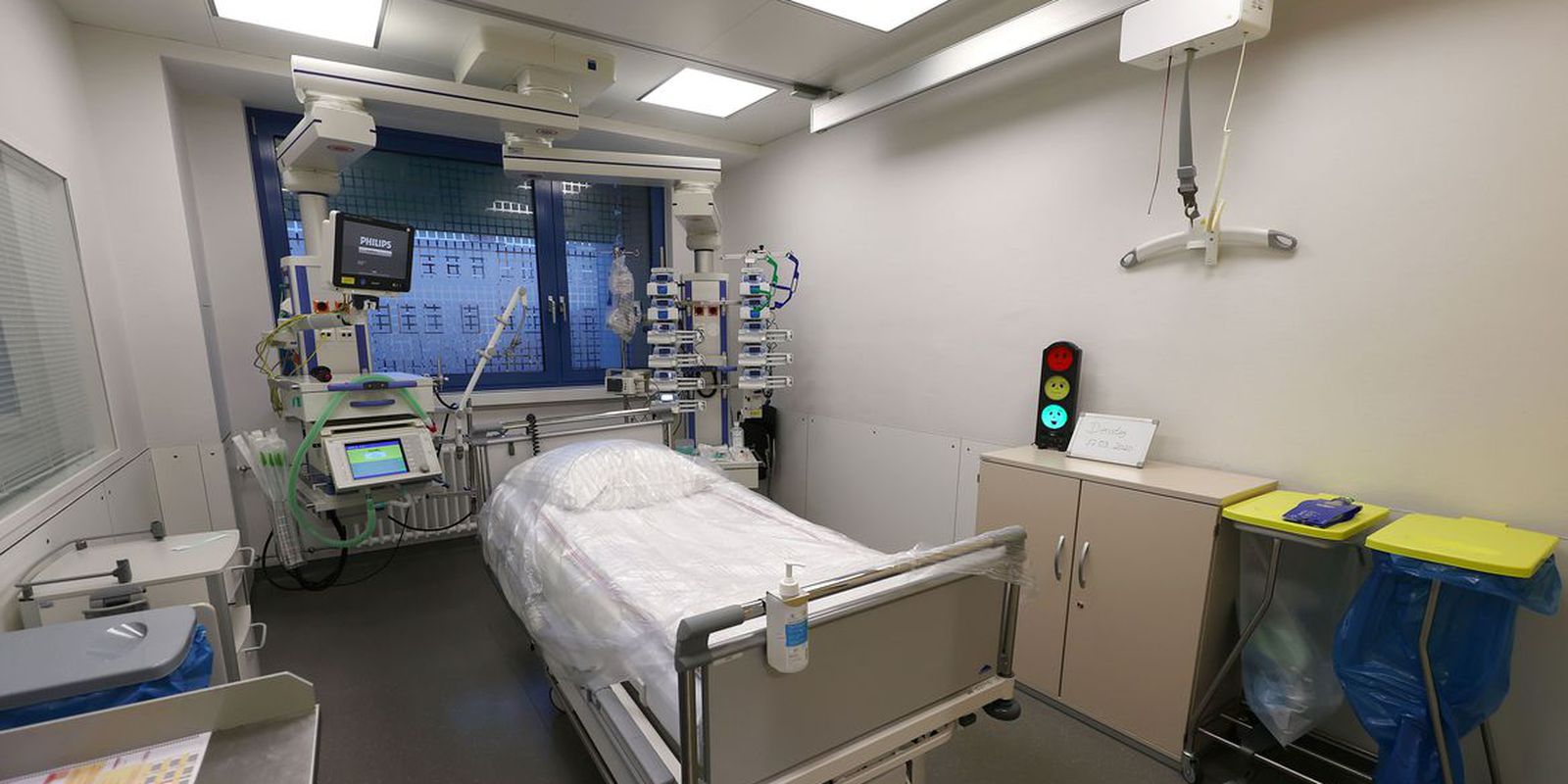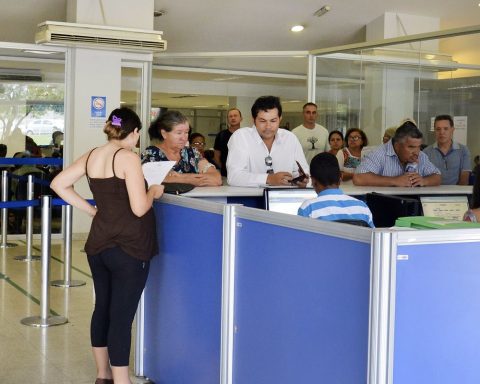Heart failure caused an expense of R$ 1.4 billion in hospitalizations, causing the death of 77,290 people, in the period from 2018 to 2021. The data are part of the study Scaling the impacts of heart failure in the Brazilian occupational environment, released by the Federation of Industries of the State of Rio de Janeiro and by the Social Service of Industry (Firjan Sesi).
The analysis of the disease was based on records from the Department of Informatics of the Unified Health System (Datasus), between 2018 and 2021, while the social security indicators of the occurrence of the disease on the worker and the Brazilian population were based on 35.9 million people. entries in the data system of the Company for Technology and Information on Social Security (Dataprev), between 2008 and 2021. The impact of heart failure on work activity was surveyed by experts from the Sesi Innovation Center in Occupational Health, at Firjan Sesi.
According to researcher Leon Nascimento, from the Sesi Innovation Center in Occupational Health, it is difficult to measure the impacts of a disease by observing only the clinical aspects. “When we consider the financial aspects, we can have a better dimension of how much this disease is impacting society as a whole. Because this impact is not only on what is being spent financially due to a disease that is chronic and treatable, within the possible socioeconomic context, but we are also taking people out of the work environment who could be contributing to their families and communities and, because of the disease, they are moving away”.
Regarding the health network, good initiatives were perceived for the aggregation of these people and long-term follow-up. However, there was a great difficulty in internalizing access to specialized health services. This is explained, in part, because most cardiologists are installed in the capitals and states of the South/Southeast axis, while the North, Northeast and even the Midwest are less assisted, said Nascimento.
According to him, there is an overload of specialized professionals in these regions, which affects the indicators of mortality, hospitalizations and cost of hospitalizations. “In the end, it impacts not only the person on the bed, but the health system, which could be meeting other demands, as well as family members, companies where patients work and the region where they live”.
Losses
Considering the financial assessments, three major investigations were carried out in the study. The first involved direct costs: how much is spent on a hospitalization, the time the person is hospitalized and the average cost for each hospitalization. The second analysis discussed the indirect financial loss, that is, during the absence from work, what are the costs of the company without the employee actually producing. “It is a way of measuring the absenteeism of the workforce”, explained the researcher. Finally, the study made an assessment of productivity based on the Gross Domestic Product, which is the sum of goods and services produced in the country.
With only temporary benefits (sickness benefits) paid by the National Institute of Social Security (INSS), the loss of productivity reaches R$ 2.4 billion per year. Adding the values of temporary benefits and the different costs with a new hire or overload of another professional on the team, the cost of leaves can reach up to R$ 6 billion per year.
“We took the national GDP per capita (per individual) and divided it by the number of days per year. The value of the daily GDP per capita was multiplied by the time of absence for each beneficiary or person on leave due to heart failure”, explained the researcher.
The total sum of these values can reach R$ 6 billion per year. In the period from 2018 to 2021, losses can reach up to BRL 25 billion.
Hospitalizations alone accumulate losses of R$ 1.4 billion per year, because they are recurrent, long and complex, said Nascimento, noting that values from the Unified Health System (SUS) tables were used, which do not represent market values, because do not consider the inflation of the analyzed period.
Chronic disease
Heart failure is a chronic and progressive disease. If identified in the early stages, there is treatment in the SUS and the patient can have quality of life, which does not occur when the disease is diagnosed at an advanced stage.
The impact of heart failure is considerably greater on the social security system than other chronic diseases such as diabetes and hypertension. According to the survey, in the 12-year interval (from 2008 to 2021), heart failure caused, on average, 152 days of absence from productive activities, while hypertension and diabetes caused a much shorter period of 12 days and 9 days. , respectively.
Heart failure affects more than 2 million people in Brazil. It is characterized by a progressive loss of the heart’s ability to pump blood. If left untreated, it can lead to long-term disability, in addition to comorbidities, high rates of hospitalization, and an overall reduction in life expectancy.
The study also emphasizes that heart failure remains a serious pathology in the country, with a survival rate of only 35% after five years of diagnosis. The result is high mortality rates, generated by re-hospitalization and poor adherence to basic treatment.
Impact on salary
The study investigated the impact on the average salary of workers in the 27 Brazilian capitals. Considering that the patient had to pay all the costs monthly, earning the average salary in the region, it was found that this impact varies from a minimum of 15.84%, in São Paulo, to a maximum of 20.14%, in Ceará.
“It is a very large amount, considering the average salary of people of R$ 1.6 thousand”, pondered Leon Nascimento. The calculation takes into account taxes that are levied differently in different states.
The impact is smaller in São Paulo, where the state’s average income is higher and the tax burden on medicines is lower. In Ceará, however, the opposite occurs. “It is a high tax burden on medicines and the average state income is lower”.
The national survey included all classes of workers and covered all Brazilian regions, states and municipalities. Its results should be presented, next week, to the Minister of Health, in Brasília.















